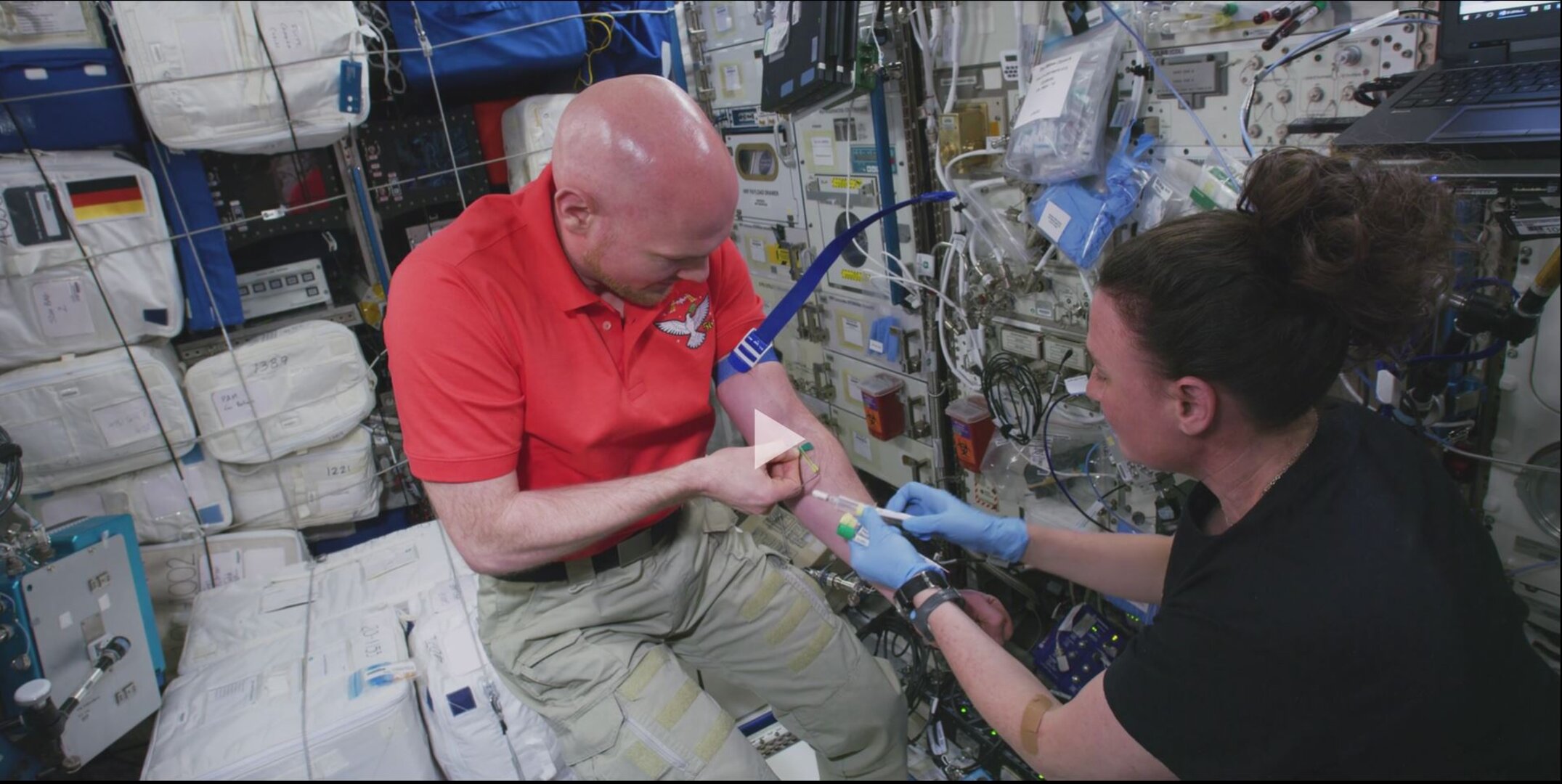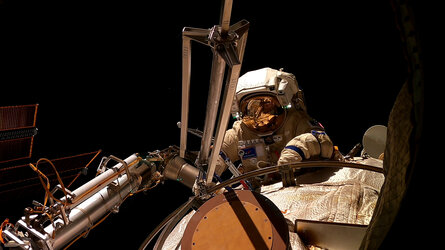Accept all cookies Accept only essential cookies See our Cookie Notice

About ESA
The European Space Agency (ESA) is Europe’s gateway to space. Its mission is to shape the development of Europe’s space capability and ensure that investment in space continues to deliver benefits to the citizens of Europe and the world.
Highlights
ESA - United space in Europe
This is ESA ESA facts Member States & Cooperating States Funding Director General Top management For Member State Delegations European vision European Space Policy ESA & EU Space Councils Responsibility & Sustainability Annual Report Calendar of meetings Corporate newsEstablishments & sites
ESA Headquarters ESA ESTEC ESA ESOC ESA ESRIN ESA EAC ESA ESAC Europe's Spaceport ESA ESEC ESA ECSAT Brussels Office Washington OfficeWorking with ESA
Business with ESA ESA Commercialisation Gateway Law at ESA Careers Cyber resilience at ESA IT at ESA Newsroom Partnerships Merchandising Licence Education Open Space Innovation Platform Integrity and Reporting Administrative Tribunal Health and SafetyMore about ESA
History ESA Historical Archives Exhibitions Publications Art & Culture ESA Merchandise Kids Diversity ESA Brand Centre ESA ChampionsLatest
Space in Member States
Find out more about space activities in our 23 Member States, and understand how ESA works together with their national agencies, institutions and organisations.
Science & Exploration
Exploring our Solar System and unlocking the secrets of the Universe
Go to topicAstronauts
Missions
Juice Euclid Webb Solar Orbiter BepiColombo Gaia ExoMars Cheops Exoplanet missions More missionsActivities
International Space Station Orion service module Gateway Concordia Caves & Pangaea BenefitsLatest
Space Safety
Protecting life and infrastructure on Earth and in orbit
Go to topicAsteroids
Asteroids and Planetary Defence Asteroid danger explained Flyeye telescope: asteroid detection Hera mission: asteroid deflection Near-Earth Object Coordination CentreSpace junk
About space debris Space debris by the numbers Space Environment Report In space refuelling, refurbishing and removingSafety from space
Clean Space ecodesign Zero Debris Technologies Space for Earth Supporting Sustainable DevelopmentLatest
Applications
Using space to benefit citizens and meet future challenges on Earth
Go to topicObserving the Earth
Observing the Earth Future EO Copernicus Meteorology Space for our climate Satellite missionsCommercialisation
ESA Commercialisation Gateway Open Space Innovation Platform Business Incubation ESA Space SolutionsLatest
Enabling & Support
Making space accessible and developing the technologies for the future
Go to topicBuilding missions
Space Engineering and Technology Test centre Laboratories Concurrent Design Facility Preparing for the future Shaping the Future Discovery and Preparation Advanced Concepts TeamSpace transportation
Space Transportation Ariane Vega Space Rider Future space transportation Boost! Europe's Spaceport Launches from Europe's Spaceport from 2012Latest

First 8K Video from Space
Thank you for liking
You have already liked this page, you can only like it once!
The way we see the world is constantly evolving, and it has never been clearer than in the first ever 8K video shot aboard the International Space Station.
Released in partnership between NASA and ESA, the 3-minute clip features timelapse footage of Earth shot by ESA astronaut Alexander Gerst, alongside video of scientific experiments performed on board.
For Andrea Conigli and Melanie Cowan, part of ESA’s video production and photography team, the introduction of 8K camera technology is about more than just resolution. It complements the growing capability of astronauts to document and share their experiences with the world.
Before flying to the International Space Station, all astronauts undertake technical training with NASA to operate camera equipment on board. But not all are trained to shoot in 8K. In fact, ESA astronaut Luca Parmitano will be the only crew member certified to operate the RED camera during his Beyond mission next year.
As well as this technical training, ESA astronauts receive support and advice from Andrea around photographic techniques such as lighting, camera positioning and composition.
This has led to productions like Samantha Cristoforetti’s interactive panoramic tour of the Space Station, Thomas Pesquet’s short film ‘New Eyes’, and ESA’s first ever 4K videocomprised of imagery captured by Alexander during his Blue Dot mission in 2014.
“With so much video available, audiences expect an increasingly high level of quality. We’re constantly coming up with new ideas as to how we can engage, educate and spark curiosity among the next generation of innovators and explorers,” Andrea says.
Viewers of the 8K video can watch as crew members advance DNA sequencing in space with the BEST investigation, study dynamic forces between sediment particles with BCAT-CS, learn about genetic differences in space-grown and Earth-grown plants with Plant Habitat-1, observe low-speed water jets to improve combustion processes within engines with Atomization and explore station facilities such as the MELFI, the Plant Habitat, ESA’s Life Support Rack, the JEM Airlock and the CanadArm2.
Read more about experiments performed by Alexander in our weekly round-up of space science and check out the Horizons playlist on ESA’s YouTube channel for more in-depth explanations.
-
CREDIT
NASA -
LICENCE
ESA Standard Licence

All the beauty of Italy from the Space Station

Samantha Cristoforetti begins her first spacewalk

Stockholm Kultur Frestival – Space Station Earth premiere

First handshake and force-feedback with space















 Germany
Germany
 Austria
Austria
 Belgium
Belgium
 Denmark
Denmark
 Spain
Spain
 Estonia
Estonia
 Finland
Finland
 France
France
 Greece
Greece
 Hungary
Hungary
 Ireland
Ireland
 Italy
Italy
 Luxembourg
Luxembourg
 Norway
Norway
 The Netherlands
The Netherlands
 Poland
Poland
 Portugal
Portugal
 Czechia
Czechia
 Romania
Romania
 United Kingdom
United Kingdom
 Slovenia
Slovenia
 Sweden
Sweden
 Switzerland
Switzerland

























